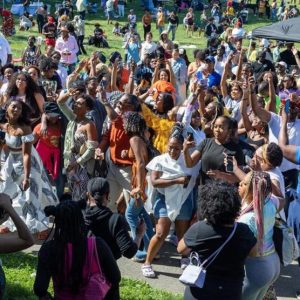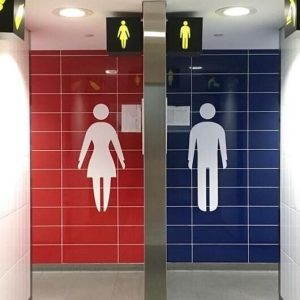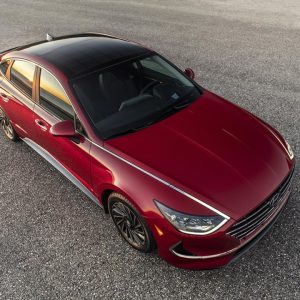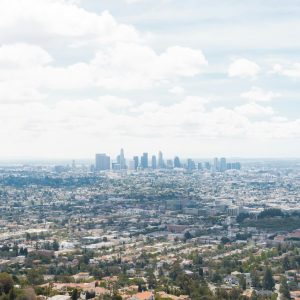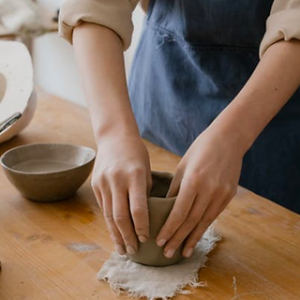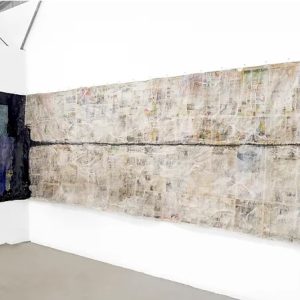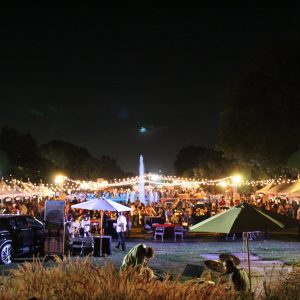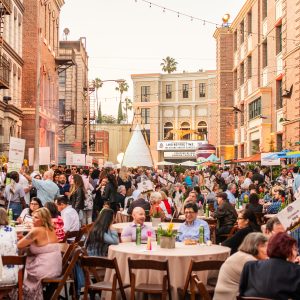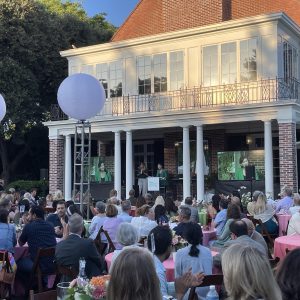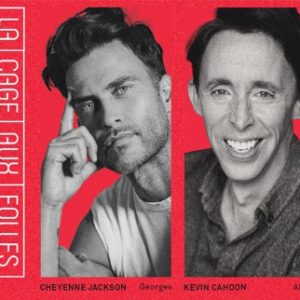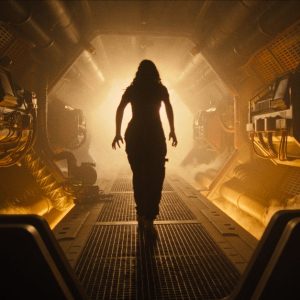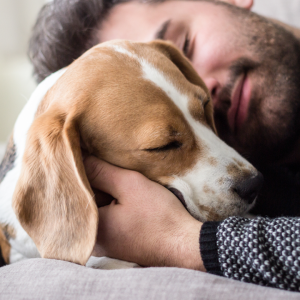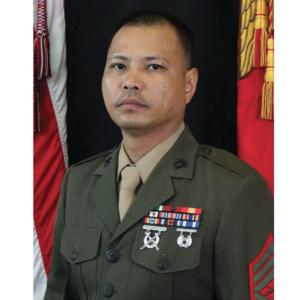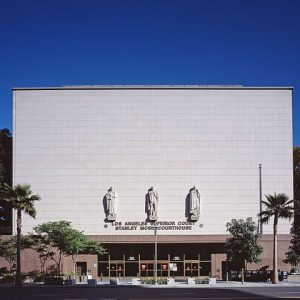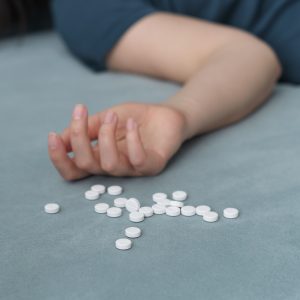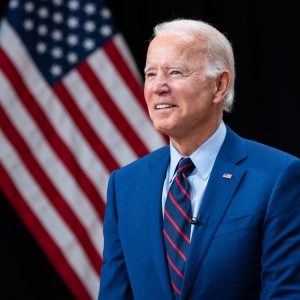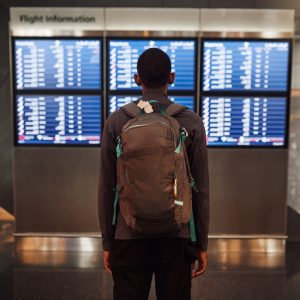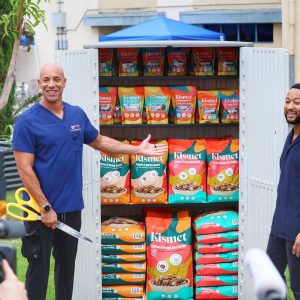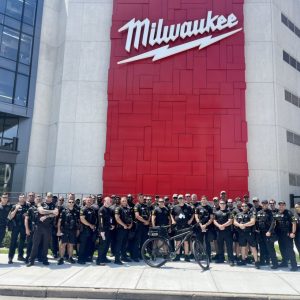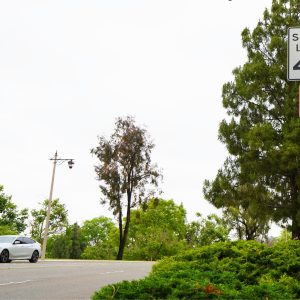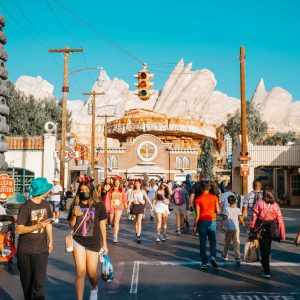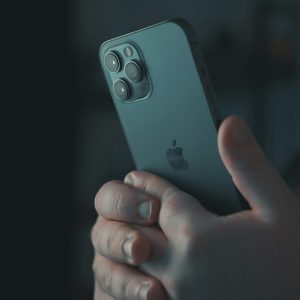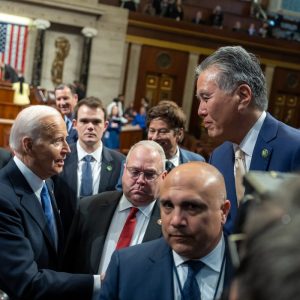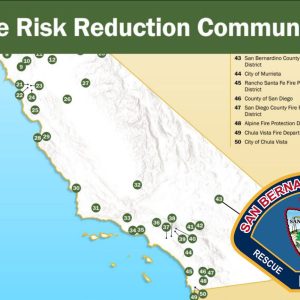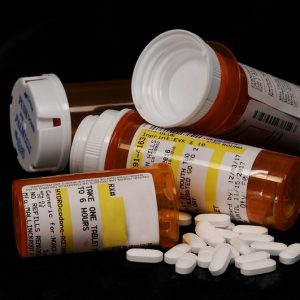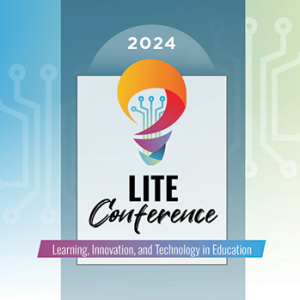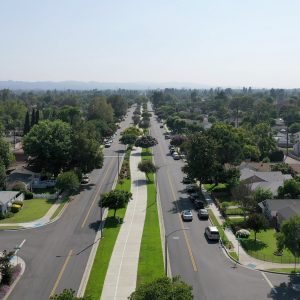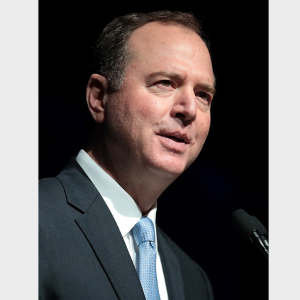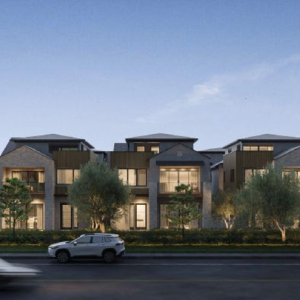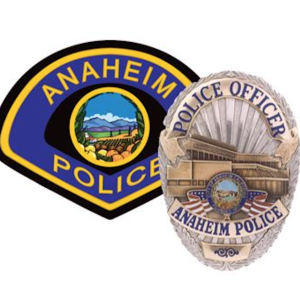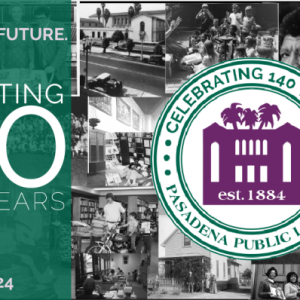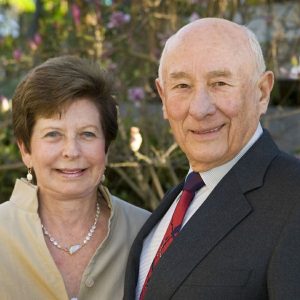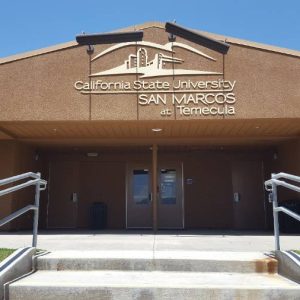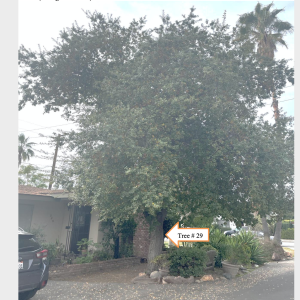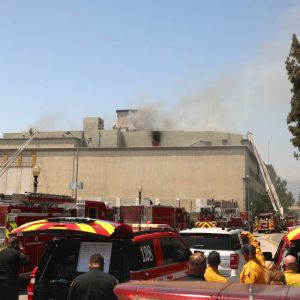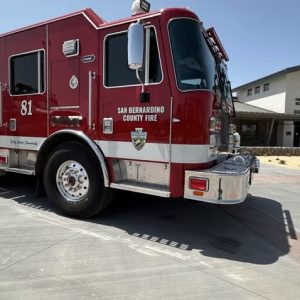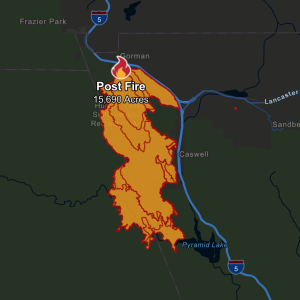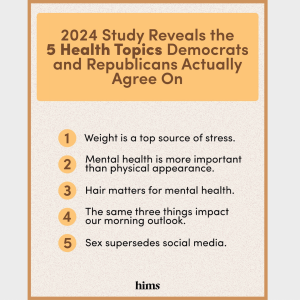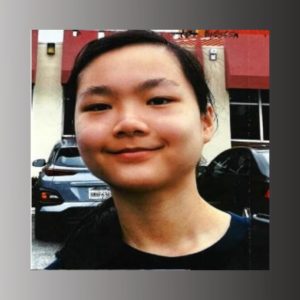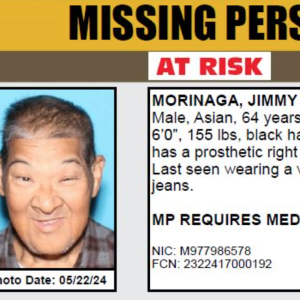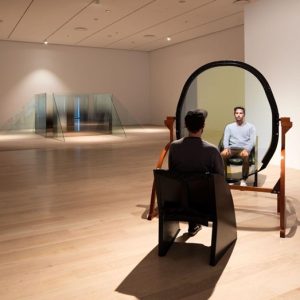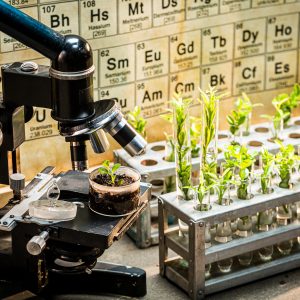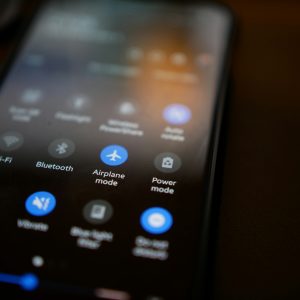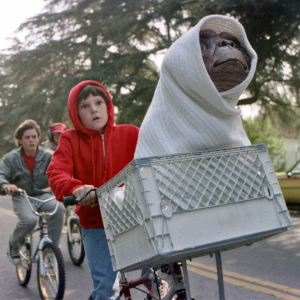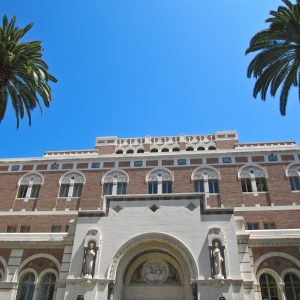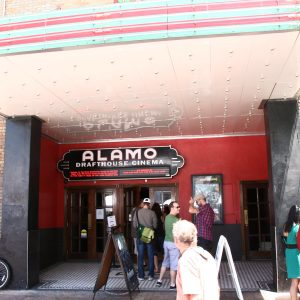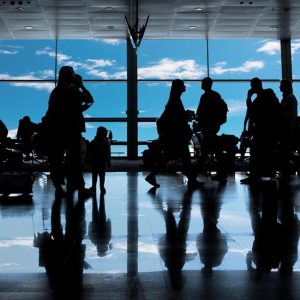 View Winners →
View Winners → Mind=Blown: Q&A with the Mastermind Behind Disclosure’s Lighting Production + Design

The deeper down this rabbit hole of the design world with PCD I get, the more my eyes are awoken to beauty. Recently I got the chance to attend the Disclosure how at the LA Sports Arena and was BLOWN away. And it wasn’t by Disclosure or Sam Smith, though they were pretty. Rather it was a guy nobody outside a small niche has ever heard of, Will Potts.
Will isn’t a musician, but he was as much part of the show as Guy and Howard Lawrence, aka Disclosure. Potts designs and directs lighting for the show. He owns and heads Will Potts Lighting & Production Design and travels the world with bands, somehow finding a way to push light to ways that quantum mechanists even aren’t ready for. If light is neither a wave or a particle like the de Broglie-Bohm theory states, then a Potts work isn’t just light and isn’t just a show.
Not knowing where to begin to unlock his secrets, here’s a taste of what goes on when Will sits down to make sure your eyes are as fulfilled as your ears when you see a show.
How did you get into lighting production design?
When I left school I followed my main interest into theatre and trained to degree level at the Royal Scottish Conservatoire in Glasgow. Here I was able to explore every department of the theatrical production world and eventually I specialized in lighting design and technical management. By working in local venues and clubs I took to the music industry enjoying the direct connection with musicians and the music itself.
What are the goals on any given show?
It sounds a little cheesy but my main goal is to ensure the audience get the best experience of the live performance as possible. This involves working with my client as closely as possible to ensure their visions of the show are conveyed at the same time as my own. The music must be represented visually in the right way.
For the Disclosure tour, what was your vision when creating it?
For the Disclosure show I worked closely with James Scott and Louis Oliver. It was important on a show of this scale to have an overall perspective of the creative, and have co designers looking after key elements while the rest of the show was being created.
This show had to be clean and simple. The looks are a mixture of chaotic sequences with lots of movement and refined more minimalistic scenes.
Everything is about the boys and their music and its important to keep the performance reinforced rather than looking try hard or over treated. Our artists onstage are the most important element so we’ve elevated them and pushed them into the crowd to create a feeling of intimacy. Their backline tables are a key feature in this and allow a full body view of our idols at work from all angles in the venue. We didn’t want them to be hiding behind racks of studio gear.
What were some obstacles/challenges?
The budget can be challenge in this work as some smaller scale artists need something simple and effective for as little as possible. These are often the most rewarding jobs actually because they sometimes require more thought and consideration for the smaller scale performance.
Planning a show that’s going to be performed globally can also be a challenge as you have to think hard about what its going to look like in the many different spaces and venues around the world.
To me, it would seem as if there’s a really limited number of lighting options one could use for any given song/performance. Is that true and if so how do you continue to make sure each set stands out?
Its actually quite fantastic how many options you have at your fingertips these days. In the 10 years I’ve been working professionally the equipment and technology has moved forward fast both in lighting and video products. When LED became more common there was an explosion of new products and interesting effects in the lighting world. Similarly with bulbs – as the technology moves forwards there are fresh products to be creative with. As the designer you have to be well informed about what’s out there new and old so you can match the product with your brief and vision.
What/who has been the hardest design to come up with?
The Sam Smith live design was challenging partly because of the fast rise to superstar status that he has today. I felt that the audiences expected more and more as the tour went on so there was more pressure with that. Sam is a very creative and visual person which is a challenge for me as his designer though this does make for a great collaboration.
Once you have it designed, are you there at the shows or is it controlled by others/a computer?
Its entirely dependent on the type of work. You really can’t beat the buzz of actually operating a show live and getting busy on the console changing and manipulating your work as part of the performance. When I operate like this I feel a strong connection to the music, artist and the crowd as you are really changing the whole experience and atmosphere. On the other hand some acts and designs just need things to be consistent and more often than not you don’t have enough fingers to be able to perform what your imagination is producing when you listen to the music. So we use timecode to pre program and layer the effects.
What are some obstacles in your profession that others wouldn’t think you have to deal with?
There is often a skewed perception of life on the road in the live business. People still think its sex drugs and rock and roll, and that you travel to all these amazing places like you are on holiday in a private jet, meeting celebrities and living the high life. In reality its extremely hard work at times and being away from friends and family can be really hard.
Being on the road with your touring family however can be great fun though, its all dependent on the team you are with.
How much input does the performer(s) get to the finished look?
It’s all about collaboration across the team. Some artists have a very clear vision and brief which is amazing to work with, or they have other material that is part of the larger campaign that you can use as inspiration. Its best when everyone is sharing their ideas and creating the show as a team and it becomes my job to translate and apply my own style to that input. Its my favorite way of working.
Some artists are completely trusting in what you do and they let you run wild which is also very rewarding.




